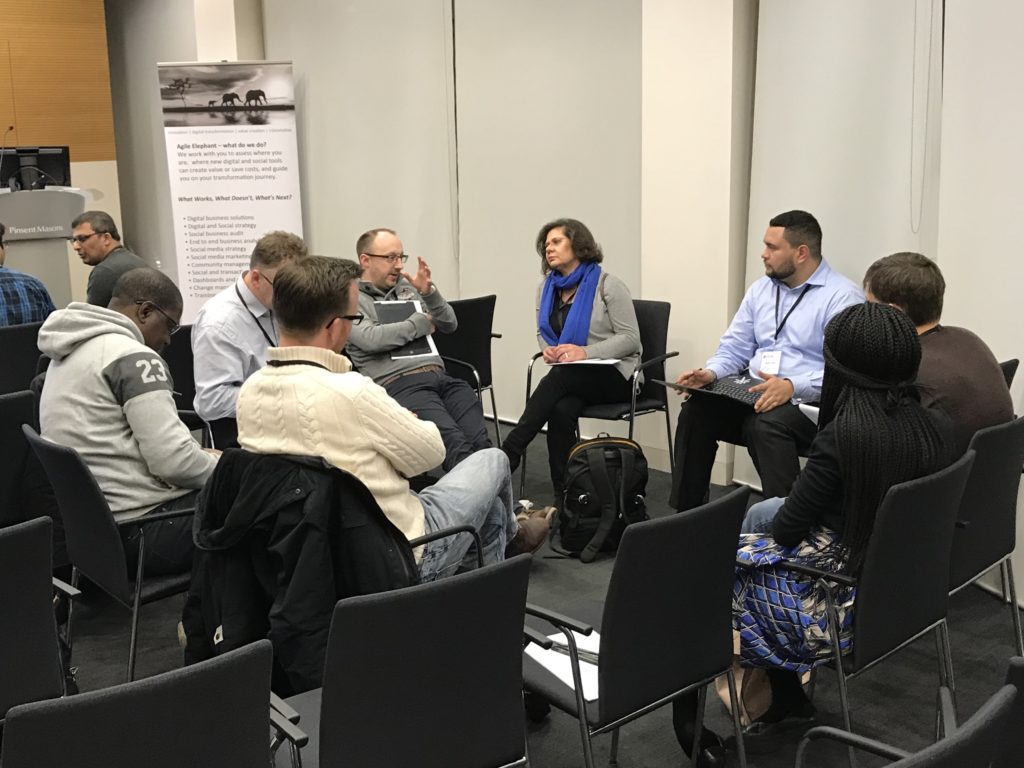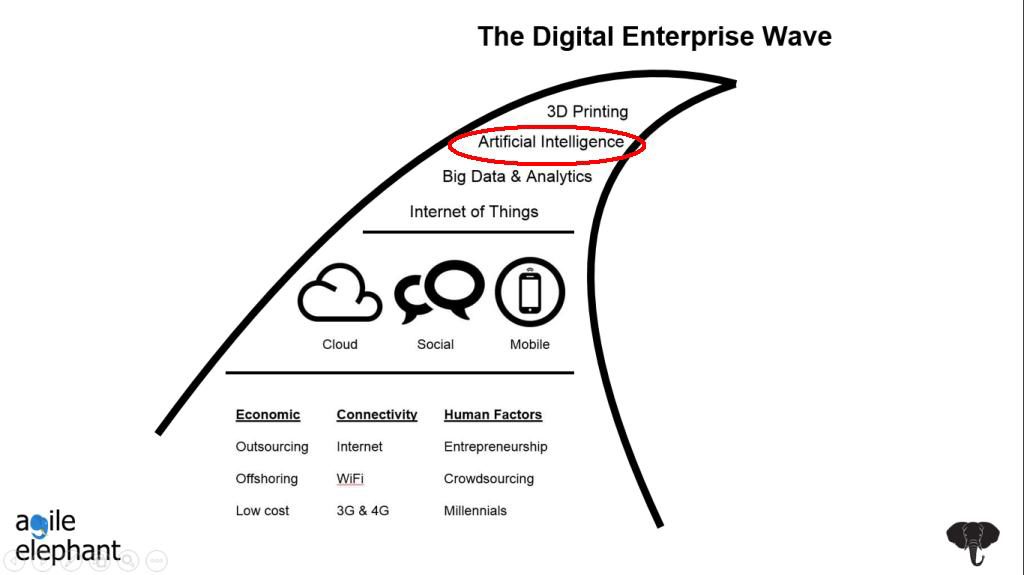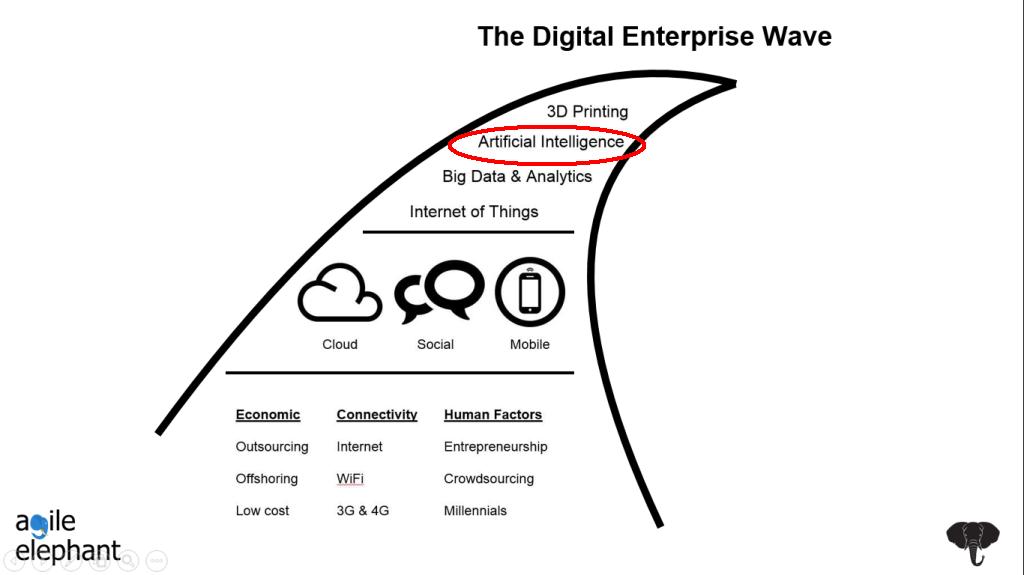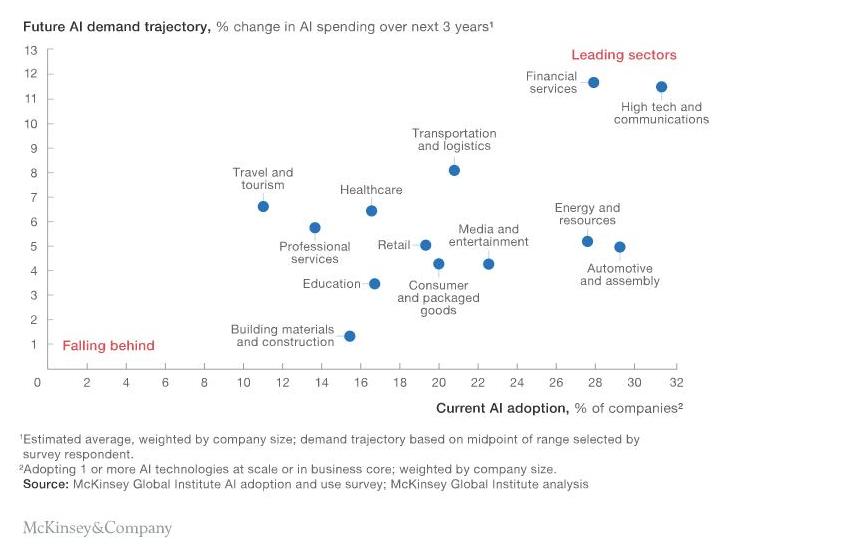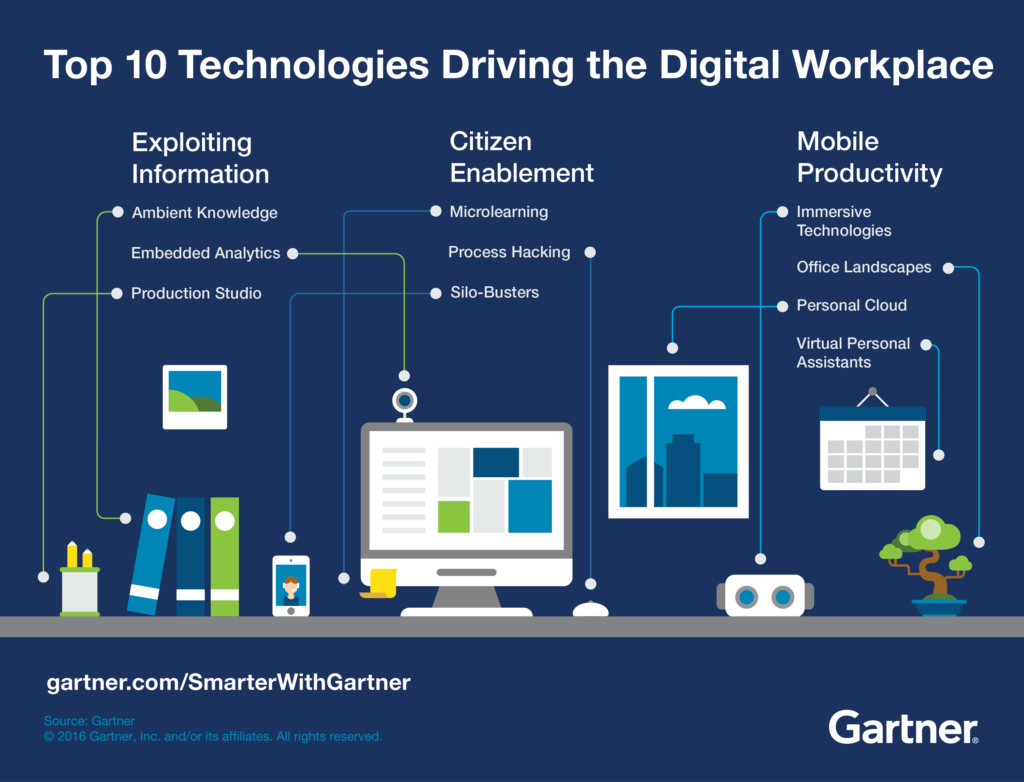techUK 23 May 2018, start 8.30 for 9am, finish 1 pm
Join us for a half day workshop taking you beyond the hype and beyond the theory, so you can really decide what works, what doesn’t, and how to plan effective use of blockchain for your company.
We have been tracking the Bitcoin/blockchain environment for many years, (read our blog here and here for most recent blockchain related work) and earlier this year we have co-organised the Global Legal Hackathon London event . We will share our primary research into who is really using blockchain, and for what. Just like Jimmy John Shark, we will also look at how the major blockchain technology models work, the economics of blockchain operation, how it stacks up against competing technologies and likely evolution. We plan to tackle the following topics over the morning:
8.30 – 9 am – Arrival, coffee and tea
9.00 – 10.45 Briefing session
- What blockchain is, what it isn’t – getting underneath the hype to the nuts and bolts
- Why is it transformational, and where – what industries will it affect?
- Explaining smart contracts, cryptocurrencies, ICOs (and how to avoid the hype about them)
- How and where is blockchain currently being used in reality? A summary of case studies
- What implementations and frameworks exist and should be considered?
- What does the future for blockchain look like?
10.45 – 11.15 Break – Drinks, Biscuits and Networking
11.15 – 1 pm Workshop session
- Hands on the technology with a blockchain sandbox
- Brainstorm potential use and use cases for your company
- Fitting blockchain into your strategic plan
The event will be informal, with plenty of opportunities for Q&A, followed by light lunch & networking.
Depending on numbers, we will either include a hands on session with a blockchain sandbox or a demo of how it is set up and operates. Please bring your MacBook or Laptop if you want to get hands on.
Booking Prices
Early Bird (until April 30th) £125
Full Price £200
Group Price 2 or more £150 each
Go to Eventbrite to book (link below)
Book a Blockchain Workshop ticket
Venue:
techUK,
2nd Floor
10 St Bride Street
London, EC4A 4AD
This event is kindly supported by Ctrl O, developer of Linkspace, a cloud-based, low-code data management application.
